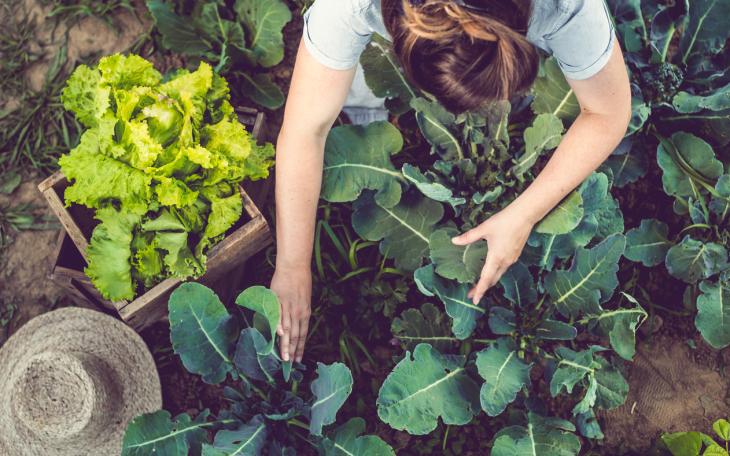How to green your garden

By Andrew Adie
Summer 2022 is turning into a hot and dry affair. We could write reams about human-caused climate change, and indeed have elsewhere in the SEC Newgate blogs, but as some of us head off on holiday, leaving homes and gardens to become ever-more desiccated in the heat, we wondered what this all means for the UK’s gardens and outdoor spaces?
The UK’s green and pleasant land has already turned an alarming shade of golden brown as grass has succumbed to heat, and the looming inevitability of hose pipe bans means that those gardeners who have been fighting to keep their spaces green (rather than surrendering to the inevitable) will also have to watch their green spaces wilting.
Why do we care, you may ask? Well, the UK’s gardens are estimated to cover around 1,256 sq km, an area roughly equivalent to the whole of Greater Manchester and considerably greater than the entire landmass of the UK’s national parks.
The UK also has some of the lowest areas of forestry density in Europe with only around 13% of the UK total land area covered in trees (compared to an average of 35% across the EU).
So what happens to our gardens and how we adapt them to a future of climate change matters, as they are a crucial haven for wildlife and part of the green lungs of our country.
Which is one of the reasons that the rising popularity of ‘fake grass’ causes such angst to environmentalists. It essentially results in the loss of huge areas of wildlife habitat, often in urban areas, and covers the land with plastic that doesn’t biodegrade and looks hideous [in my entirely objective, non-biased and considered opinion]. Just dig it up, recycle it and plant something organic [that’s enough! ed].
Ahem, so if you don’t like golden lawns and desiccated plants but want to still retain your garden as a vibrant, living haven for plants and wildlife, what should you do to make your garden more resilient to heat waves and also better for the environment? We’ve compiled a list of our favorite solutions as food for thought, regardless of whether you have acres of ground or an urban balcony:
- Plant a tree: We need more of them in the UK, they’ll shade your garden and protect it from heat and you can find smaller acers or even an olive tree that will fit in pots, if space is at a premium.
- Use fabric or hemp pots instead of plastic, they’re greener cheaper and lighter, and apparently help roots grow better!
- Put some water out. This can be a pond or bird bath, or it can just be a bucket of water if that is all you have. It will help thirsty birds/flies and even foxes get a drink during the heat. If you have a larger garden, look to install a rain water collecting system for lower-carbon watering.
- Replace dried out lawns with wild flower seed, you can mow it up until summer starts and then let it flower and seed for the next year.
- Plant Mediterranean plants like Lavender which are happy in dry heat and are a magnet for insects.
- Look for low-maintenance shrubs and plants that provide colour but aren’t as delicate as some herbaceous plants.
- Reduce/remove outdoor lights, they can interrupt bat flying patterns and generally upset wildlife.
- Leave room for wild plants (aka weeds), let them grow in the back of borders, plants like nettles are a real favourite for spiders, lady birds and other insects.
- Create space for wildlife: Whether that’s wood piles for insects and small mammals, insect houses or feeders for birds. Plant flowers that are good for pollinators.
- Plant in sympathy with your soil, situation and surroundings – plants are far more likely to survive if they’re suited to your local environment.
- Grow your own fruit and veg (even if that’s just a pot of strawberries) for low-food mile nourishment and something to share with your local wildlife.
- Maximise growing space using pots and troughs on hard standing and path edges – pack in the greenery for shade and your own personal carbon offsetting.
And please, if you’re looking at a brown lawn and thinking about making it green – don’t reach for the plastic fake grass, find some more resilient plants and adapt your garden naturally instead.









